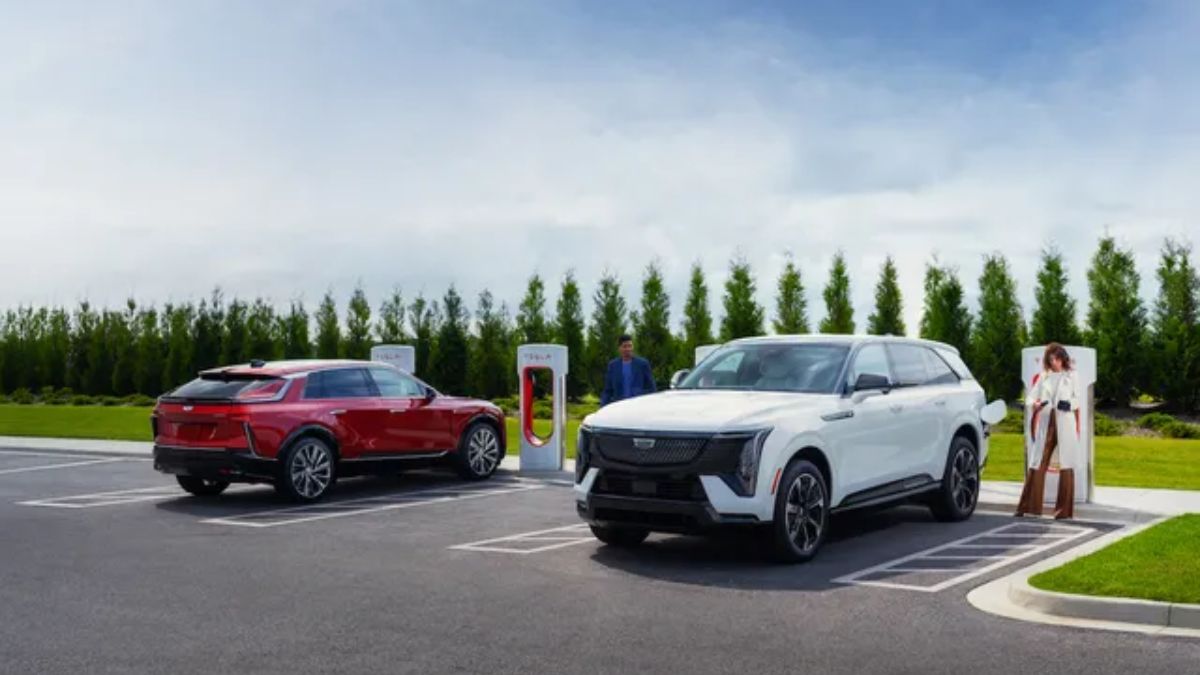
Advertisement
Battery life is the Achilles’ heel and the hidden engine of any electric vehicle (EV). Automakers tout impressive ranges and rapid charging, but behind the glossy marketing there are practical realities that affect how long an EV’s battery will perform well. Understanding these factors—usage patterns, charging behavior, climate, and battery chemistry—helps buyers and current owners manage expectations, preserve capacity, and plan for lifecycle costs. This article sheds light on the underreported aspects of EV battery life, offering concrete considerations for real-world decisions.
The Hidden Dance of Battery Degradation
Battery degradation is not a single event but a gradual process driven by chemistry, temperature, and charging stress. Most modern EVs use lithium-ion chemistries with nickel, manganese, cobalt, or lithium iron phosphate variants. Over time, cells lose capacity, and the vehicle’s stated range can shrink. Key dynamics include:
- Temperature effects: High heat accelerates electrolyte aging and electrode degradation. Cold weather reduces available capacity temporarily and can affect charging efficiency.
- State of charge (SoC) management: Keeping a battery in a mid-to-high SoC range for extended periods can accelerate aging, while consistently deep discharges also shorten life. Many automakers recommend keeping daily charging within a practical window (e.g., 20–90%) to balance longevity with usable range.
- Charge rate stress: Fast charging (DC fast charging) is convenient for long trips but imposes more chemical stress compared to Level 2 charging. Frequent, very high-rate charging can contribute to faster degradation, especially if cooling isn’t optimal.
- Cycling vs. calendar aging: Batteries age both as you drive (cycling) and simply with time (calendar aging). A car parked for long periods can still lose capacity due to chemical changes inside cells.
Practical implications for owners:
- Regular, moderate charging is often kinder to longevity than repeatedly charging to 100% for daily use. Some dashboards or apps offer “recommended” charging presets; using these can help optimize longevity.
- If you live in a hot climate, battery cooling and shade can mitigate heat-related wear. Proper parking strategies and preconditioning while plugged in can help.
- Don’t assume newer = longer-lasting by default. Battery chemistry and thermal management systems vary; some newer cells and cooling architectures may outperform older designs, but the fundamentals of aging remain.
Real-World Factors That Shift Your Range and Value
Beyond chemistry, several real-world factors influence how EV batteries perform over the years and how much value you get from your investment.
- Driving habits: Aggressive acceleration, frequent high-speed driving, and heavy loads increase instantaneous energy draw and wear. Smooth, efficient driving preserves range and reduces thermal cycling stress.
- Climate and heating: In electric cars, heating the cabin (especially with battery-powered heaters) consumes energy. Preconditioning while plugged in can reduce the impact of cold starts on range. In hot climates, cooling the battery pack is essential; inadequate cooling can raise aging rates.
- Charging infrastructure and behavior: A robust home charging setup with a reliable charger, along with access to convenient public chargers, minimizes the need for frequent DC fast charging. Planning trips to minimize fast charging sessions can protect battery health.
- Battery management system (BMS): The BMS balances cells, monitors temps, and modulates charging. A proficient BMS can extend usable life by preventing overcharging, deep discharges, and overheating.
- Usage lifecycle: Annual mileage matters. A high-mileage EV will accumulate degradation faster in absolute terms than a low-mileage one, though actual capacity loss depends on many interacting factors.
- Warranty and resale: Manufacturers often offer 8–10 year or 100,000–150,000 mile warranties on battery packs. Understanding warranty terms helps gauge long-term value and potential replacement costs.
Maintenance, substitutions, and repair considerations:
- Thermal management is central. If cooling systems degrade or fail, battery life and safety can be compromised. Regular diagnostics through the dealer or trusted shops help catch issues early.
- Software updates often optimize charging curves and thermal strategies. Keeping the vehicle’s firmware current can yield benefits in longevity and efficiency.
- Battery replacements are becoming more standardized and accessible as pack designs improve. Even with degradation, many owners still retain useful range well into the vehicle’s middle life.
Conclusion
Battery life in EVs is nuanced. While the combination of chemistry, temperature, charging patterns, and usage shapes aging, proactive habits can significantly influence longevity and total cost of ownership. By recognizing the trade-offs—such as the convenience of fast charging versus long-term wear, or the benefits of moderate daily charging versus full-range readiness—you can make informed choices that maximize the lifespan of the battery and the value of your EV. In short, EV ownership isn’t just about the upfront range figure; it’s about sustainable charging routines, thoughtful climate management, and an appreciation for the evolving landscape of battery technology.
